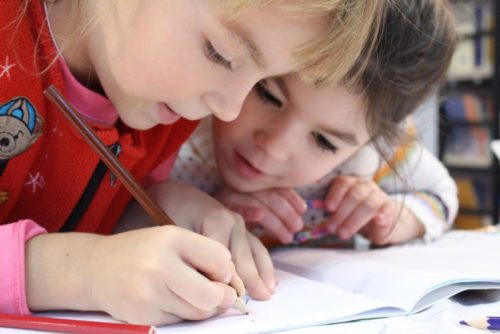
Trauma Informed Schools
Transitioning to a Trauma Informed School has become an important movement across the United States, particularly in those schools with a high population of at-risk

Transitioning to a Trauma Informed School has become an important movement across the United States, particularly in those schools with a high population of at-risk

Numerous studies have been conducted that reveal just how much stress today’s kids are under. Sadly, we see it every day revealed in bullying, anxiety,

As parents and teachers we often see our kids struggling with issues that challenge their ability to cope. It may be keeping up in school,

Unfortunately, we live in a world where trauma happens. It might be a school shooting, a natural disaster, or a significant loss of a student,

Stress is a normal, unavoidable part of life. It’s actually good for a child to experience small amounts of manageable stress, such as frustration with

I recently attended the Trauma Informed Schools Conference in St. Charles, MO, hosted by the Beyond Consequences Institute (a great trauma focused organization founded by




Join our community to get the latest tips, exclusive offers, and updates straight to your inbox. Don’t miss out—subscribe now and be the first to know!